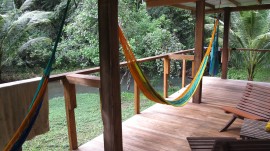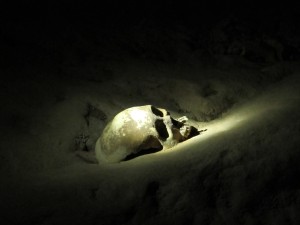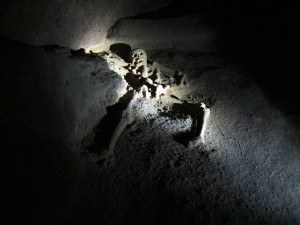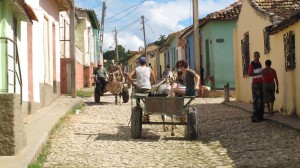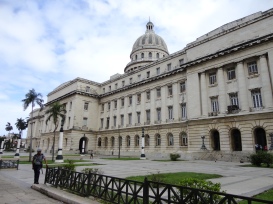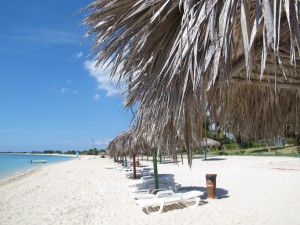Tik’al: Depending on your knowledge of pop culture this place is either an impressive set of Mayan ruins in Central America or an excellent place from which to launch an assualt on the Death Star.
Not following me? This may jog your memory…

Need it spelled out? If you rent a copy of Star Wars (Episode IV; A New Hope) you will find that the rebel base set in the jungle of Yavin is in fact Tik’al. Unfortunately I wasn’t actually aware of this fact at the time of our visit to the ruins, so I wasn’t able to ask our guide any smart-arse questions about Stormtroopers or The Force. A missed opportunity right there.
Anyway…Tik’al. A long time ago in a galaxy far, far away (or perhaps about 1000 years ago in Northern Guatemala) the local Mayans built a vast city which went on to become one of the most powerful kingdoms of its era. Hundreds – if not thousands – of palaces, pyramids and plazas were built here during the 700 years the city thrived, however these were all reclaimed by the jungle with the abandonment of the kingdom. Today the majority of these structures remain covered, with only a handful fully excavated and restored. No matter – that handful are amply impressive.
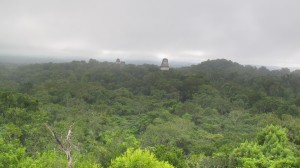 Understandably all by one of the temples was closed off to tourists (damn Rebels must have ruined it for everyone…). We were able to take stairs up to the top platform of Temple IV – the tallest temple at the site – and the view up there was stunning. Lush untamed jungle stretched out before us, punctuated only by the stately crowns of the other temples. I spent many minutes up there, taking in what lay before me, and again reflecting on the wonders of ancient Mayan engineers.
Understandably all by one of the temples was closed off to tourists (damn Rebels must have ruined it for everyone…). We were able to take stairs up to the top platform of Temple IV – the tallest temple at the site – and the view up there was stunning. Lush untamed jungle stretched out before us, punctuated only by the stately crowns of the other temples. I spent many minutes up there, taking in what lay before me, and again reflecting on the wonders of ancient Mayan engineers.
We spent four hours on our guided tour tramping through the winding jungle paths, learning about the moss-covered structures and the stories behind them, and of course snapping these grand monuments from every possible angle. Every time we came to a clearing we were presented with yet another “Kodak moment” and it took me hours to sort through the number of images we now have of this site (and yet I still don’t think our photos quite do it justice).
The tour also came with something of an unexpected bonus – our guide was also something of an amateur zoologist and was intent on seeking out the animals of Tik’al for us. Spider monkeys and a precocious coatimundi (think racoon with a monkey’s tail) made a welcome appearance. However despite our guide’s best efforts he could not find a tarantula for us to see…which I really didn’t mind.
I’ve seen many ancient Mayan sites on this trip and I confess to becoming a wee bit bored at some of them. The ruins at Tulum in particular were distinctly underwhelming. But Tik’al really did blow me away; the scale, the grandeur, the vastness of this place really is something else.
There was only one downside to the day. After our tour had finished we were left to explore the main plaza and its buildings, which I happily did. Except when I was inching my way down the moss-covered stone steps of one of the buildings, I took quite a tumble. Of course, I took a tumble. Sunnies, bag, camera all went flying in random directions and I came close to taking out two teenage tourists just a few steps below me. My hands received some cuts and scrapes, but in the end it was only my dignity that got bruised. The force was clearly not strong in me that day.

